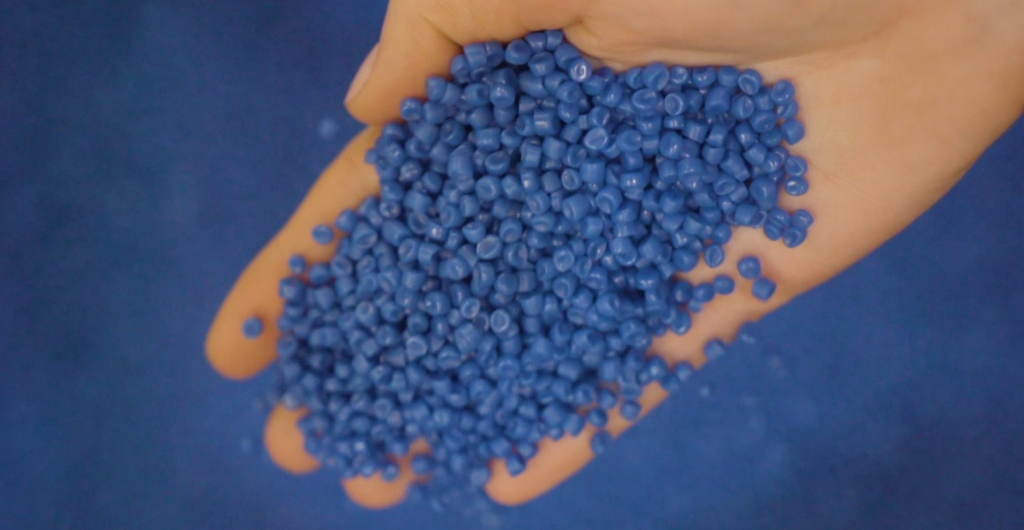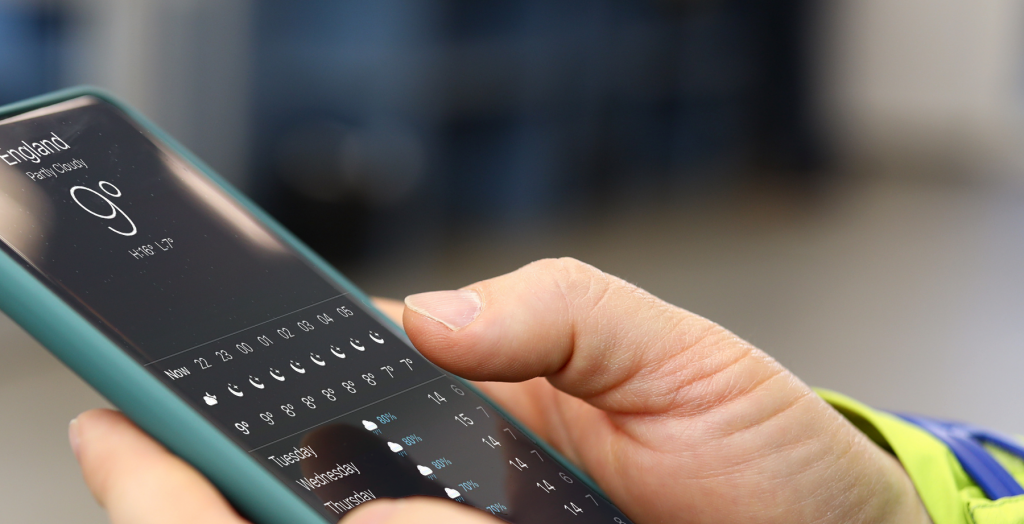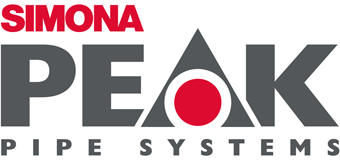Key factors that influence the service life PE pipe
There are many factors that can influence the lifetime of PE pipe. Typically polyethylene pipe can last between 50-100 years if designed, maintained and installed correctly. We take a look at the top five considerations when designing and installing PE pipe in order to achieve a long service life.
Operating conditions
Operating conditions including temperature, pressure and even weather conditions can affect the overall quality of a joint. PE pipes may be used at operating temperatures between -40°C and +80°C. For temperatures less than 20°C it is conventional to use the 20°C hydrostatic design stress. Below freezing, additional care may be required as the impact strength of PE is reduced. Adjusting temperatures to suit the operating conditions can extend service life to beyond the nominal 50 years.
High and low temperatures can affect the quality of the pipe but weather conditions must also be considered. During heavy rainfall, it’s important to remember that when fusion welding polyethylene pipe that no water or moisture is present in the fusion zones. The presence of water or moisture on pipe and fittings when welding can cause catastrophic joint failure when the system is under operating pressures. It’s always critical to adhere to best practices and consider weather conditions and prepare accordingly with the correct equipment and shelters.

Material
Material quality is a core factor of PE pipe service life. Polyethylene pipe boasts significant material benefits over traditional materials such as metal or concrete. High-Density Polyethylene Pipe (HDPE) is a thermoplastic pipe made from material that is flexible, durable and has outstanding levels of crack resistance. As HDPE is highly flexible, the material offers an ideal solution as it is unaffected by ground movement and therefore does not carry the same risk of splitting, cracking or corrosion as traditional alternatives. Of course with any product, the quality of the raw materials used and the manufacturing methods can affect the finished product. Peak prides itself on manufacturing PE pipe using the highest grades of material and thorough testing methods. HDPE can also be recycled at the end of its life cycle, and although this doesn’t affect its service life, environmentally, it’s a great solution and can be processed into other polyethylene products.
External pipe loading
All buried pipelines are exposed to various conditions which may affect the operation performance and life of the product. Things to be considered when designing a buried system are bedding and sidefill requirements. Guidance is provided on the selection and use of materials suitable for providing structural support to buried pipelines in IGN 4-08-01 (Bedding and Sidefill Materials for Buried Pipelines) and WIS 4-08-02 (Specification for Bedding and Sidefill Materials for Buried Pipelines). Trench depth and width will also considerably affect the loading on the pipe. The normal minimum depth of cover for mains should be a minimum of 900mm from ground level to the crown of the pipe. The width of the trench should be no less than the outside diameter of the pipe plus 250mm to allow for adequate compaction of sidefill unless specialised narrow trenching techniques are used.
The surrounding environment
Chemical loading can also affect PE pipe service life including risks from contaminated soils, for example. In addition to this, it’s crucial to consider the placement of the pipe if it is near tank stations where gasoline and other oil products are stored. Leakage of these into the soil over long periods may affect the performance of PE pipe.

Installation methods
Installation methods and carrying out correct installation is one of the most important factors when influencing the life cycle of any PE pipe. PE pipe can be welded between temperatures of -30°C to +50°C. As the weather changes and the temperature gets colder it’s important to take extra care when welding with electrofusion fittings, having the correct tooling can ensure the process is carried out effectively. Preparation of the pipe is also key on installation, PE pipes can become a lot firmer and less rigid in cold temperatures so preparation is key before carrying out a weld. It may take extra time to scrape and prepare the pipe but with the correct tooling and patience, you can ensure a good quality joint, even in minus temperatures!
References
ISO 1167-1:2006
Thermoplastics pipes, fittings and assemblies for the conveyance of fluids – Determination of the resistance to internal pressure – Part 1: General method
ISO 1167-2:2006
Thermoplastics pipes, fittings and assemblies for the conveyance of fluids – Determination of the resistance to internal pressure – Part 2: Preparation of pipe test pieces.
ISO 9080:2003
Plastic piping and ducting systems – Determination of the long-term hydrostatic strength of thermoplastic materials in pipe form by extrapolation.
ISO 13761:1996
Plastics pipes and fittings – Pressure reduction factors for polyethylene pipeline systems for use at temperatures above 20° C.
